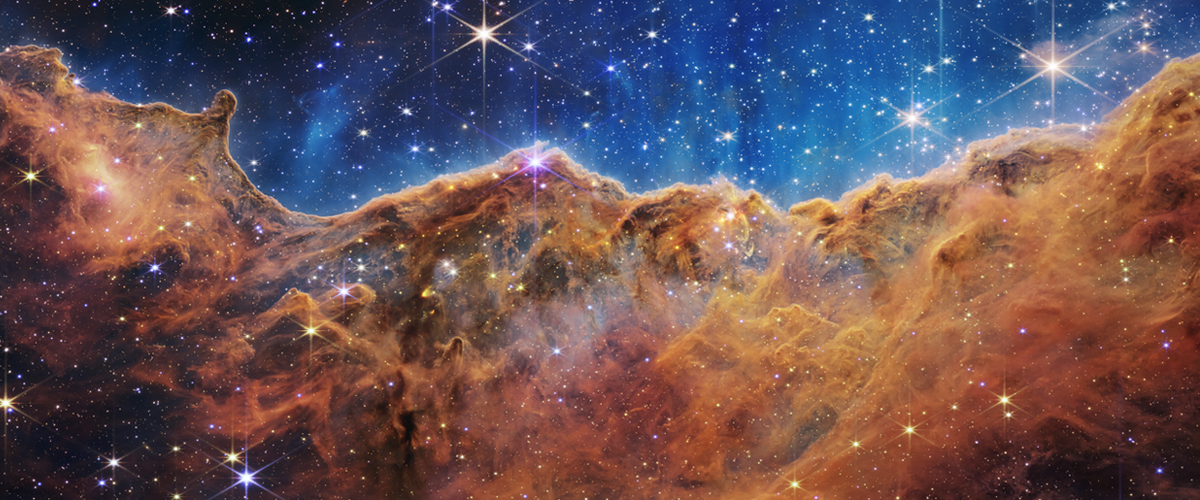Pinaki Sengupta: Spin-1/2 kagome Heisenberg antiferromagnet: New insights from Machine Learning approaches
- Starts: 11:00 am on Friday, October 17, 2025
- Ends: 12:30 pm on Friday, October 17, 2025
The ground state of S=1/2 Heisenberg antiferromagnet on the kagome
lattice is widely acknowledged as a paradigmatic models of a quantum spin
liquid. Geometric frustration precludes the onset of any long range order and
the spins remain fluctuating (liquid-like) down to absolute zero temperature.
Instead the state is marked by anomalously high long range entanglement.
However, despite numerous studies using both analytical and numerical
approaches,
the true nature of the ground state and low- energy excitations in this system
remain debated. State of the art numerical studies using iPEPS and DMRG give
conflicting results, predicting either a gapped Z2 spin liquid or a gapless
U(1) Dirac spin liquid. This is because current numerical methods. are
fundamentally constrained by the long range entanglement. The recently
introduced Neural Network Quantum State (NQS) ansatz promises to overcome many
of the
bottlenecks and provide unbiased results. We present the results of our
investigation of the problem using the Group Equivariant Convolutional Neural
Networks representation of NQS – an advanced machine learning technique that
has been immensely successful in image recognition problerms. The approach,
combined with variational Monte Carlo, introduces significant improvement of
the achievable results accuracy in comparison with approaches based on other
neural network architectures that lack generalization quality for frustrated
spin systems. Our results strongly indicate that the ground state of the kagome
lattice antiferromagnet is a spinon pair density wave that does not break time-
reversal symmetry or any of the lattice symmetries. The found state appears
due to the spinon Cooper pairing instability close to two Dirac points in the
spinon energy spectrum and resembles the pair density wave state studied
previously in the context of underdoped cuprate superconductors in connection
with the pseudogap phase. The state has significantly lower energy than the
lowest energy states found by the SU(2) symmetric density matrix
renormalization group calculations and other methods.
Ref.: Tanja Ðurić, Jia Hui Chung, Bo Yang, and Pinaki Sengupta, “Spin-1/2
kagome Heisenberg antiferromagnet: Machine learning discovery of the spinon
pair
density wave ground state”, Phys. Rev. X, 15, 011047 (2025).
- Location:
- SCI 352
- Speaker
- Pinaki Sengupta
- Institution
- Nanyang Technological University
- Host
- Anders Sandvik
